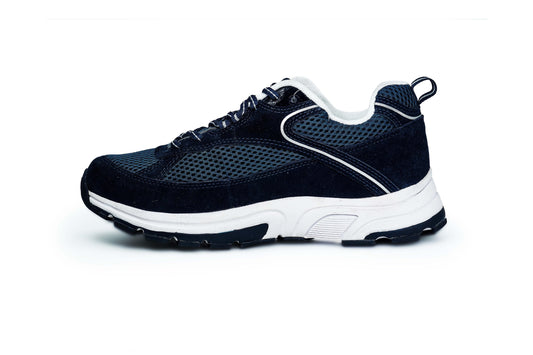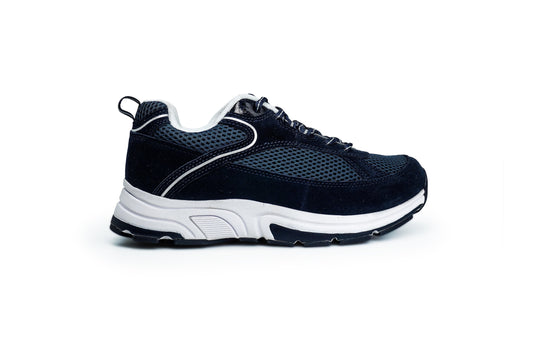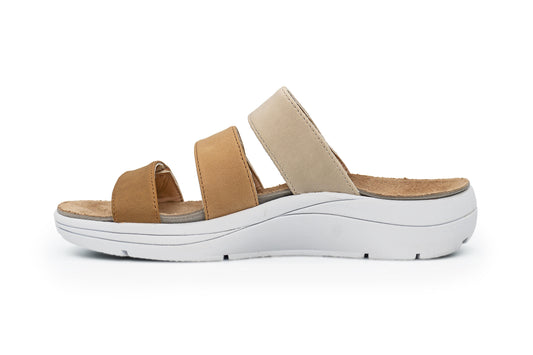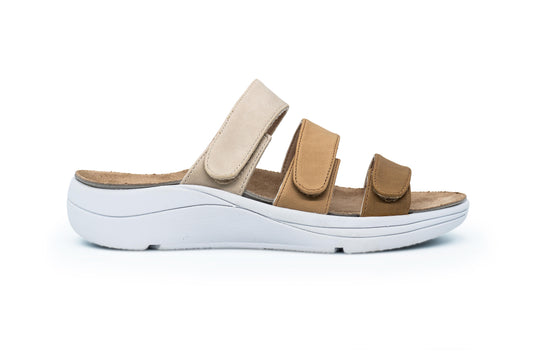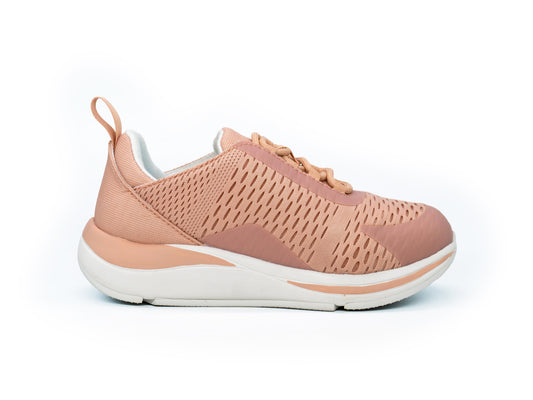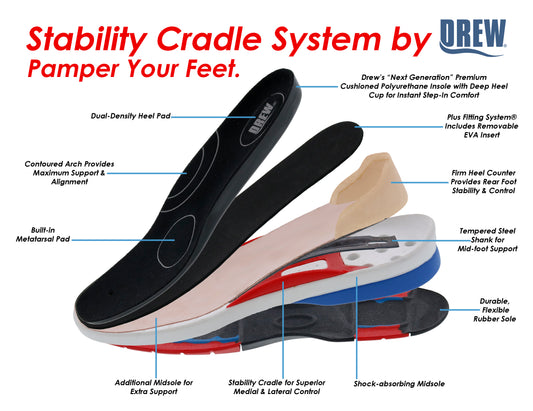Understanding Knee and Ankle Pain
Knee and ankle pain can stem from a variety of causes, including injury, arthritis, or overuse. Identifying the underlying cause is the first step in effective management. A clear understanding of why the pain occurs allows for targeted interventions, which can lead to faster and more effective relief. Moreover, knowing the root cause helps in preventing future occurrences by addressing the underlying issues.
Common Causes

Knee and ankle pain can originate from different sources, each requiring a unique approach for management.
-
Injury: Sprains, strains, or fractures can lead to significant pain and mobility issues. These injuries often occur during sports activities or accidents. Immediate care is crucial to prevent further damage and promote healing.
-
Arthritis: Osteoarthritis or rheumatoid arthritis can cause joint pain and swelling. These chronic conditions require ongoing management to control symptoms and improve joint function. Early diagnosis and intervention can slow the progression of arthritis and maintain joint health.
-
Overuse: Activities that involve repetitive motion or excessive strain can lead to pain over time. Overuse injuries are common among athletes and individuals engaged in physically demanding jobs. Recognizing the signs of overuse can help in modifying activities to prevent further injury.
Symptoms to Watch
Recognizing symptoms early can lead to more effective management of knee and ankle pain.
-
Swelling: Persistent swelling can indicate inflammation or injury. Managing swelling through rest, ice, compression, and elevation can aid in recovery.
-
Stiffness: Difficulty moving the joint can be a sign of arthritis. Gentle exercises and stretches can help maintain flexibility and reduce stiffness.
-
Pain: Persistent or sharp pain requires attention and care. Identifying the type and location of pain can aid in diagnosis and treatment.
Strategies for Managing Knee and Ankle Pain
Managing knee and ankle pain involves a combination of rest, therapy, and medical intervention. These strategies aim to reduce pain, improve mobility, and prevent future injuries.
Rest and Protection
-
Immobilization: Use braces or supports to limit movement and protect the joint.
-
Elevation: Elevating the affected limb can reduce swelling effectively.
-
Rest: Avoid activities that worsen pain while balancing rest with gentle movement.
Physical Therapy

-
Stretching: Gentle stretching can improve flexibility and maintain range of motion.
-
Strengthening Exercises: Strong muscles around the joint help stabilize it and absorb shock.
-
Balance Training: Enhances stability and reduces the risk of future injuries.
Medication
-
NSAIDs: Non-steroidal anti-inflammatory drugs can reduce pain and swelling.
-
Analgesics: Pain relievers can provide temporary relief and can be paired with therapy.
Lifestyle Modifications
Adopting certain lifestyle changes can prevent further injury and promote joint health.
Weight Management
-
Diet: A balanced diet helps maintain an ideal weight and supports overall joint health.
-
Exercise: Low-impact exercises like swimming, cycling, and walking strengthen muscles without stressing the joints.
Supportive Footwear

Wearing appropriate footwear is crucial for reducing knee stress and preventing ankle injuries. Proper footwear ensures correct alignment, absorbs impact, and provides lasting comfort. At DiabeticShoe.in, you’ll find shoes designed to provide superior arch support, cushioning, and balance, helping you walk more comfortably while reducing joint strain.
-
Shoes: Explore our specialized men’s collection and women’s range for orthopedic and diabetic-friendly footwear tailored to sensitive joints.
-
Orthotics: Custom orthotic-friendly designs at DiabeticShoe.in offer additional support for those with flat feet, high arches, or other specific conditions.
When to Seek Professional Help
If pain persists despite home management strategies, consult a healthcare professional for a thorough evaluation.
Warning Signs
-
Severe Pain: Intense or worsening pain needs immediate assessment.
-
Inability to Bear Weight: Difficulty standing or walking may signal fractures or joint damage.
-
Visible Deformity: Deformities often require urgent medical attention.
Moving Towards Pain-Free Living
Knee and ankle pain can be frustrating, but it doesn’t have to hold you back from leading an active lifestyle. By adopting simple strategies—resting, strengthening, maintaining weight, and most importantly, wearing supportive footwear from DiabeticShoe.in—you can reduce strain and improve your mobility. Supportive shoes are more than comfort; they are an investment in long-term joint health.

